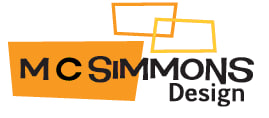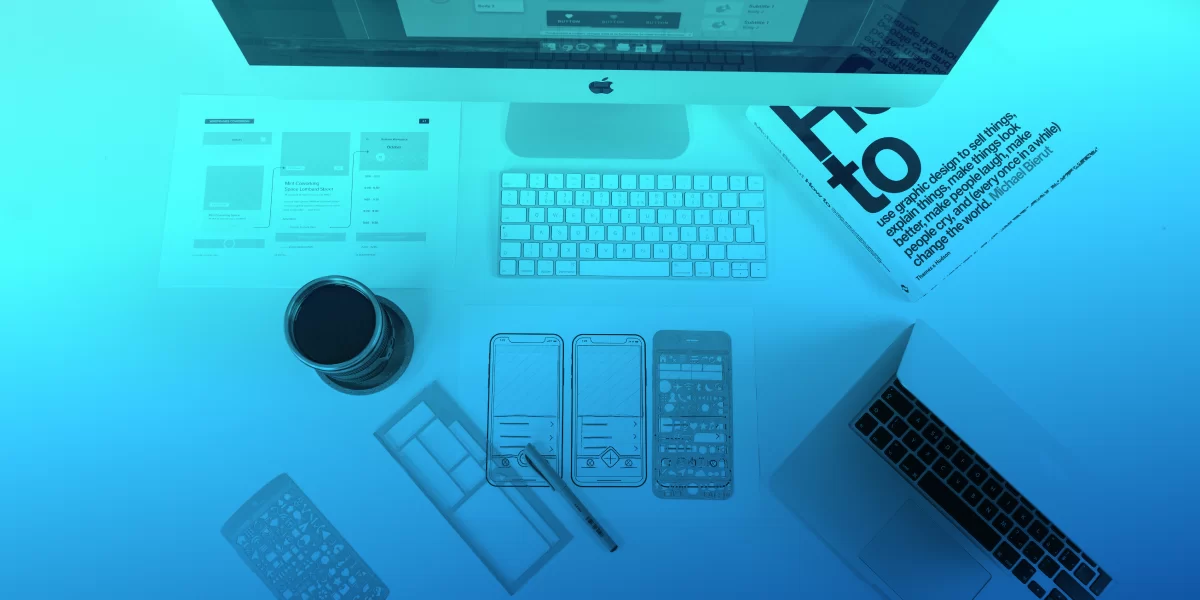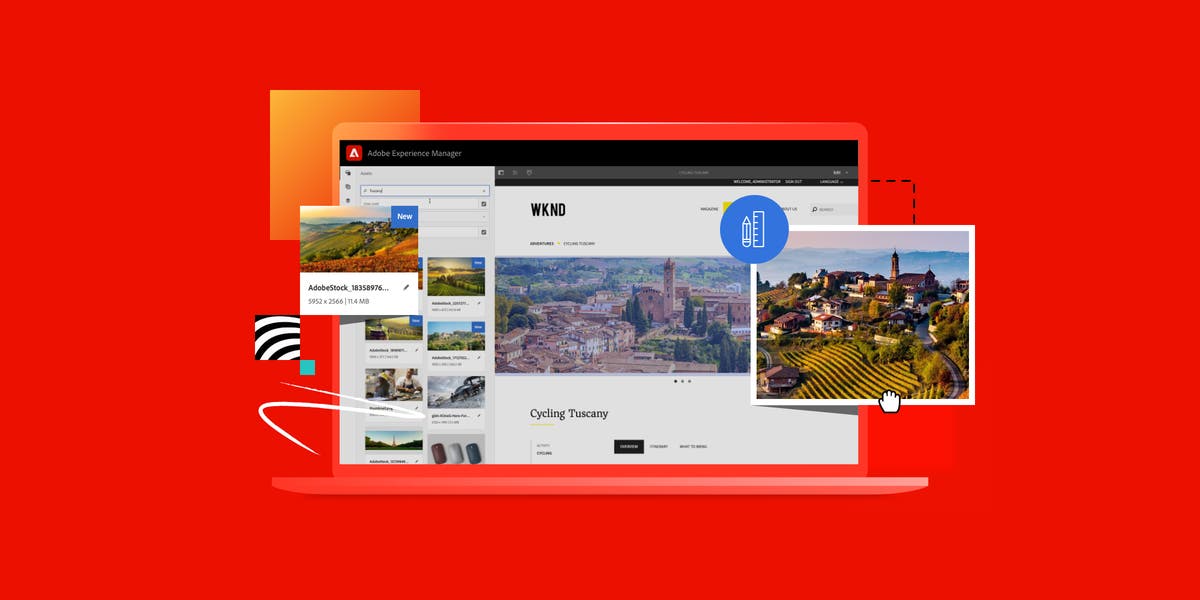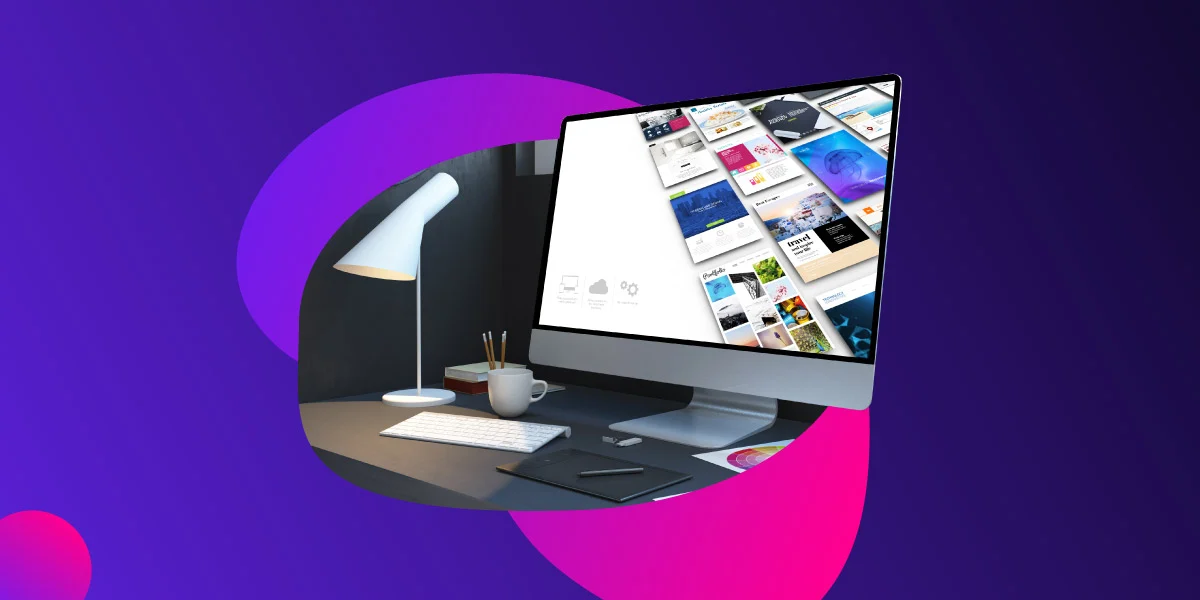In the digital realm, where content is king and user experience reigns supreme, typography plays a pivotal role in shaping the visual identity and readability of websites. From headlines and body text to navigation menus and call-to-action buttons, every piece of text on a website contributes to the overall user experience. Typography in web design isn’t just about choosing fonts; it’s about creating a cohesive and engaging aesthetic that enhances readability and draws users into the content. Let’s explore the importance of typography in web design and how it can be used to elevate both aesthetics and functionality.
1. Establishing Visual Hierarchy
One of the primary functions of typography in web design is to establish a visual hierarchy that guides users through the content and highlights key information. By varying font sizes, weights, and styles, designers can create a hierarchy of importance, making it easy for users to scan and navigate the page. Headlines and subheadings can be set in bold, eye-catching fonts to draw attention, while body text is typically set in a legible, easy-to-read typeface for optimal readability.
2. Enhancing Readability
At its core, typography in web design is about facilitating communication and ensuring that content is easily accessible and digestible for users. This means selecting typefaces that are legible and appropriate for the intended audience, considering factors such as font size, line spacing, and contrast. Serif fonts may lend a sense of sophistication and authority to long-form content, while sans-serif fonts offer a clean, modern aesthetic suitable for digital interfaces. Additionally, designers must consider responsive typography, ensuring that text remains readable and accessible across various devices and screen sizes.
3. Evoking Emotion and Personality
Typography isn’t just about conveying information; it’s also a powerful tool for evoking emotion and expressing brand personality. By selecting fonts that align with the brand’s values and aesthetics, designers can create a cohesive visual identity that resonates with users. Whether it’s a playful script font for a children’s website or a sleek, minimalist typeface for a luxury brand, typography can convey subtle nuances of tone and personality, helping to establish an emotional connection with users.
4. Creating Consistency and Cohesion
Consistency is key to effective typography in web design. By establishing a consistent typographic system across all pages and elements of a website, designers can create a cohesive and harmonious user experience. This includes using a limited set of typefaces and styles, establishing consistent spacing and alignment, and adhering to a grid system for layout. Consistent typography not only enhances readability but also reinforces brand identity and strengthens visual coherence.
5. Experimentation and Innovation
While consistency is important, it’s also essential for designers to experiment and innovate with typography to create unique and memorable experiences. This may involve combining different typefaces, experimenting with unconventional layouts, or incorporating dynamic typography effects such as animation or variable fonts. By pushing the boundaries of traditional typographic conventions, designers can create visually stunning and innovative designs that capture users’ attention and leave a lasting impression.
Conclusion: Elevating Design with Typography
In conclusion, typography is a fundamental element of web design that has the power to enhance both aesthetics and functionality. By establishing visual hierarchy, enhancing readability, evoking emotion, creating consistency, and embracing experimentation, designers can leverage typography to create visually stunning and engaging websites that resonate with users. Whether it’s through thoughtful font selection, meticulous attention to detail, or innovative typographic techniques, typography plays a crucial role in shaping the overall user experience and elevating the design of websites to new heights.




